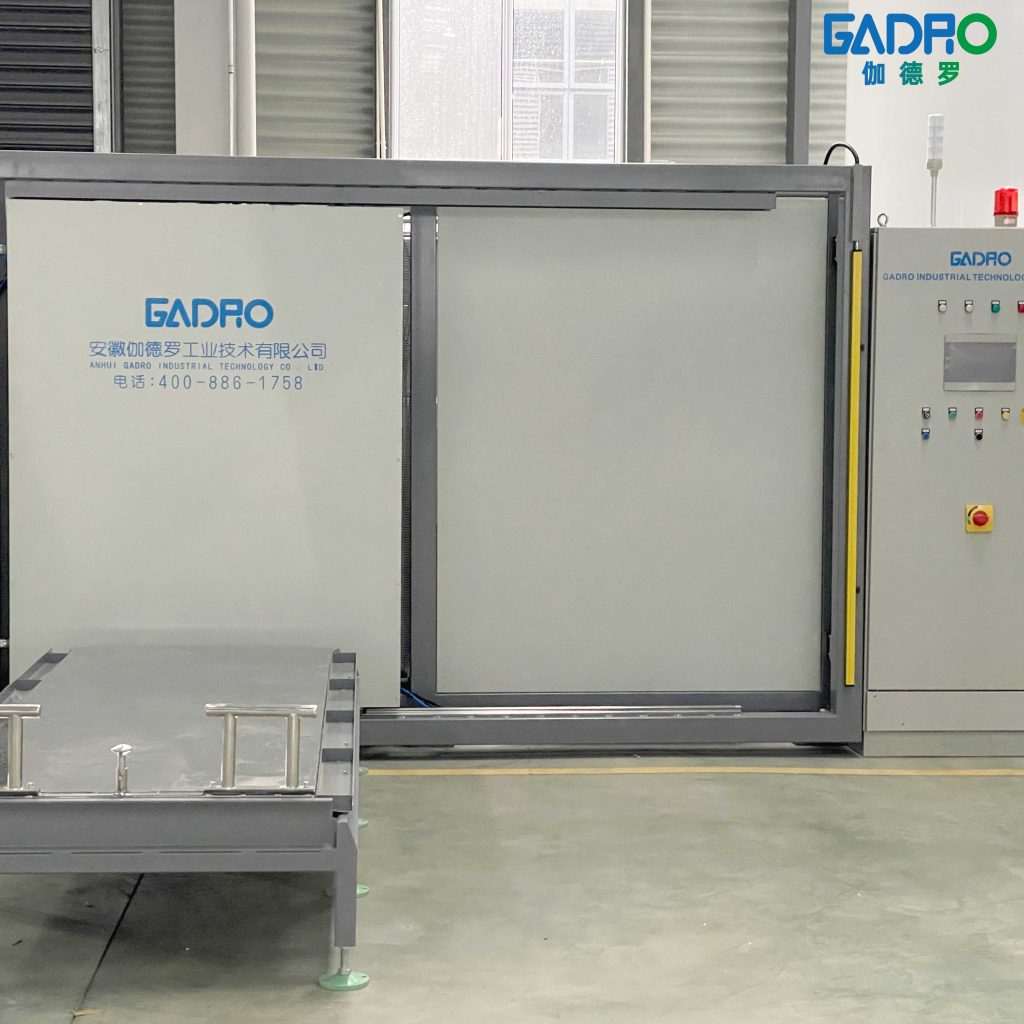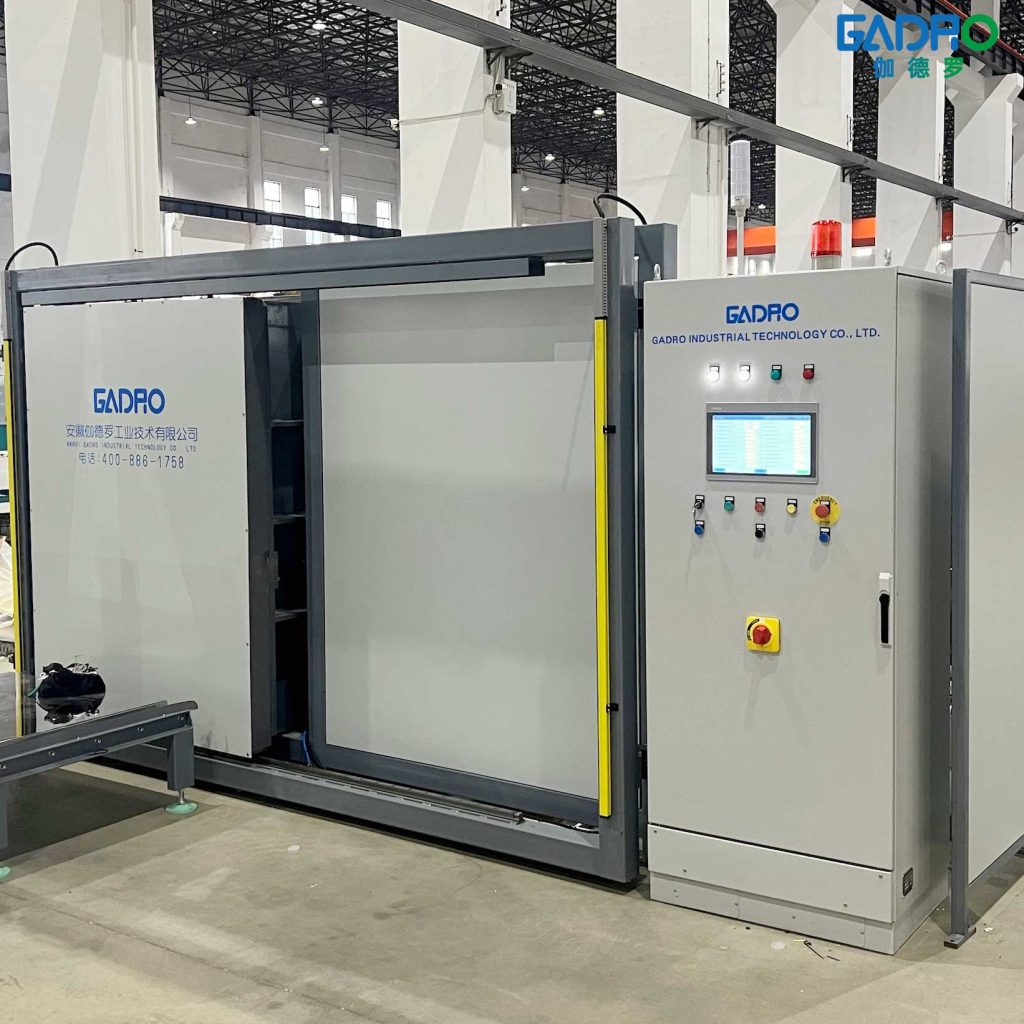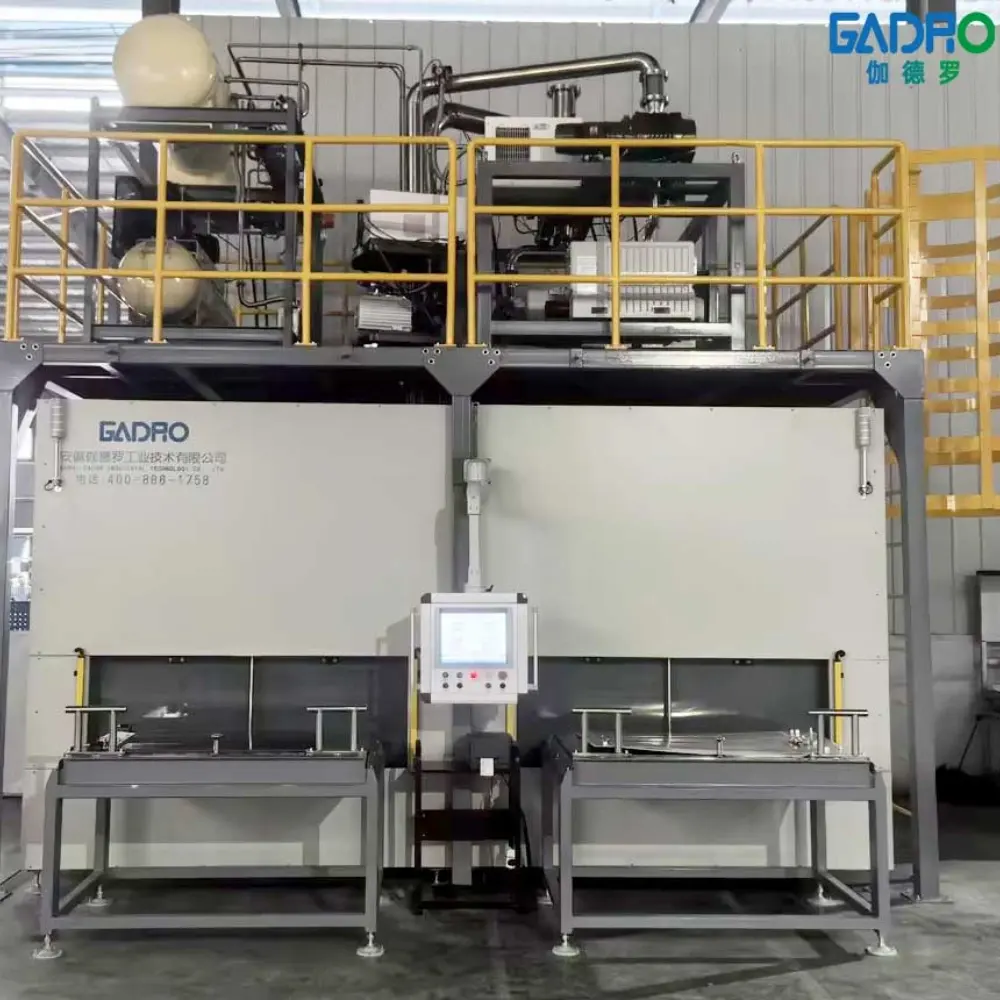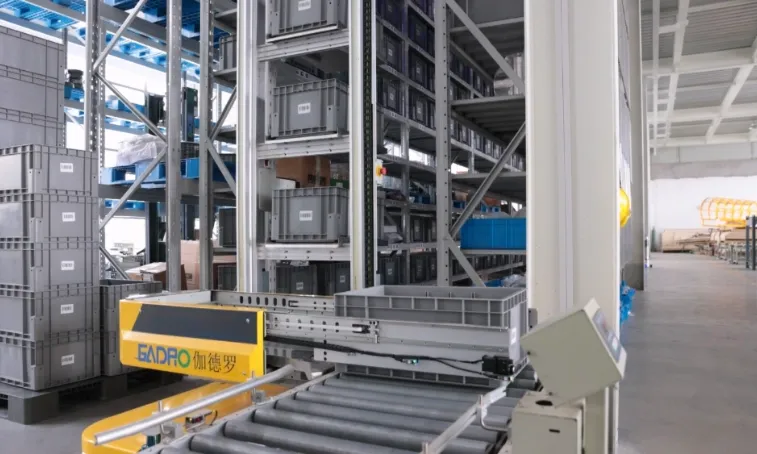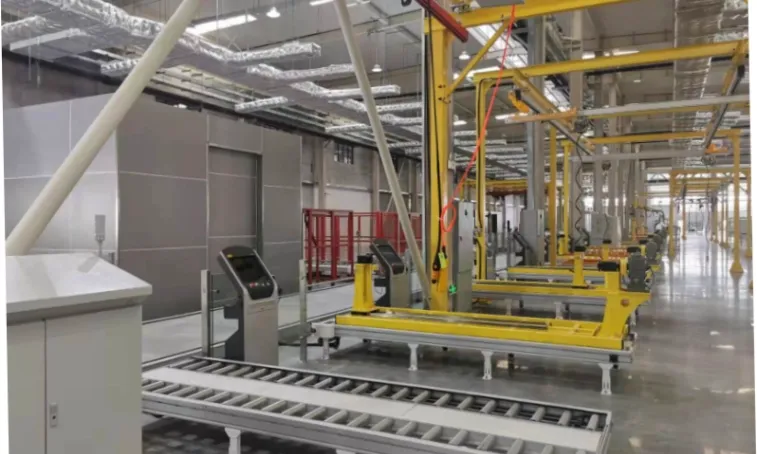Helium, as an important industrial gas, is widely used in various fields such as high vacuum technology, superconducting magnet cooling, aerospace, and medical equipment. To ensure the proper operation of equipment and systems, helium leak testing becomes crucial. However, although helium itself is non-toxic and inert, leaks can potentially pose some hazards. This article will explore the significance of helium leak testing and the potential dangers it may bring.
Helium Leak Testing
Helium leak testing is an important method for detecting helium gas leaks in equipment, containers, or systems. Helium molecules are extremely small and can penetrate even the smallest pores. Therefore, helium leak testing instruments typically have very high sensitivity to effectively detect leaks that may be difficult to notice.
Gadro Helium Mass Spectrometry Leak Detection System offers high sensitivity and accuracy, suitable for various power industry applications such as SF6 charging cabinets, transformer equipment, and gas-sealed systems. Customizable features, including helium filling methods, vacuum chamber design, and operation modes, allow for tailored solutions. With automated and production line integration options, it ensures efficient leak detection with fast cycle times, improving productivity and reducing equipment failure, thereby enhancing the reliability and safety of power industry equipment.
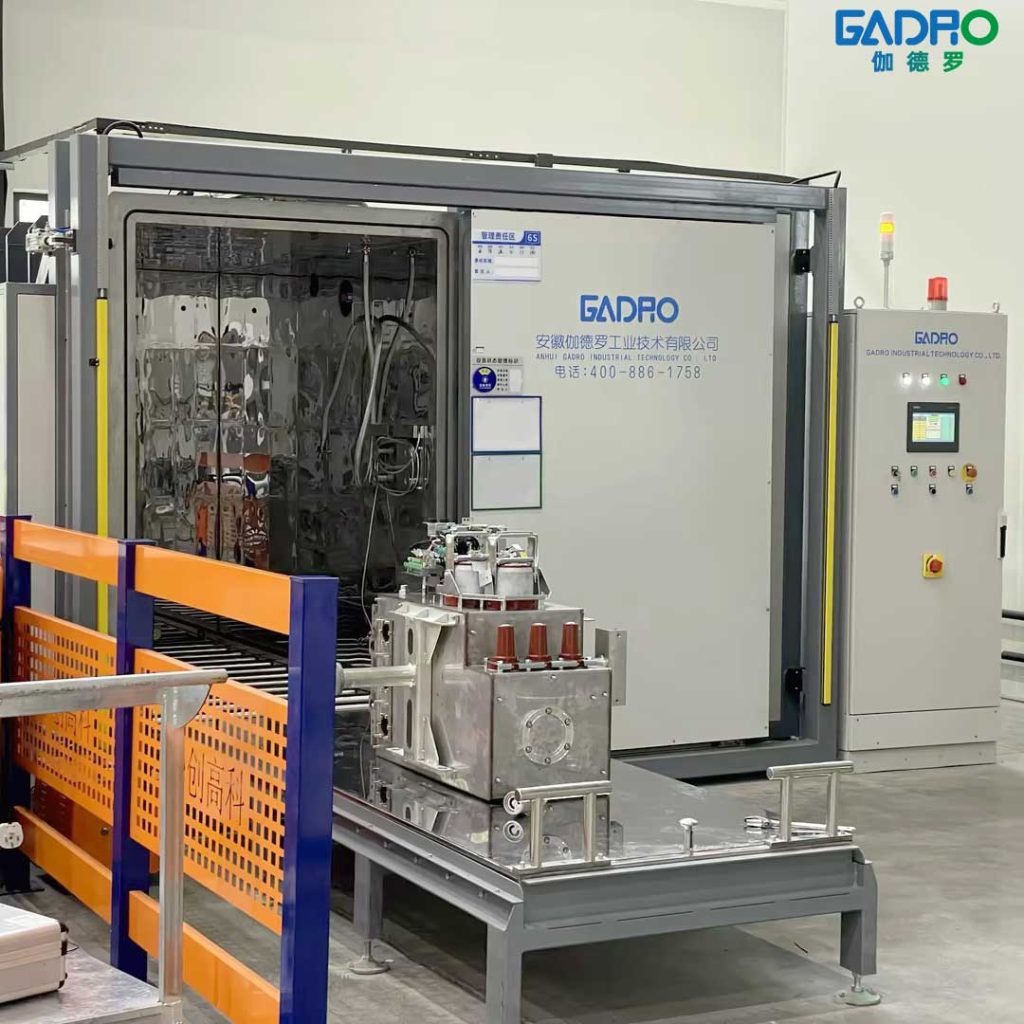
Helium Leak Testing Applications
High Vacuum Systems
In high vacuum environments, helium is widely used for leak detection. High vacuum systems are typically used in fields such as physical research and semiconductor manufacturing, where the system’s sealing integrity is critical. Helium leak testing ensures that high vacuum systems remain unaffected by external air during operation, maintaining high vacuum levels and preventing any negative impact on experimental accuracy or process performance.
Aerospace Industry
Helium plays an important role in spacecraft and rocket liquid propulsion systems. Due to helium’s chemical stability and non-flammability, it is commonly used as a pressurizing gas for liquid fuels. During the manufacturing and testing of spacecraft or rockets, helium leak testing ensures that the helium leak rate in critical components is as low as possible, thereby ensuring the safety of launches.
Nuclear Energy and Superconducting Technologies
In nuclear power plants, helium is used as a coolant to maintain the temperature control of reactors. In superconducting technologies, helium is used to cool superconducting magnets, ensuring their operation at low temperatures. Helium leak testing can detect any leaks in these critical components, ensuring the stability and safety of the systems.
High-Pressure Containers and Gas Storage Systems
Helium is also commonly used in high-pressure gas storage systems, such as high-pressure gas cylinders. In these applications, helium leaks may impact the safety of gas storage and even result in economic losses. Regular helium leak testing helps mitigate the risks associated with gas leakage.
Potential Hazards of Helium Leaks
Although helium is considered an inert gas that is non-toxic and non-flammable, helium leaks can pose potential hazards in certain situations, particularly in confined spaces or when equipment malfunctions.
Oxygen Dilution and Asphyxiation Risks
One of the greatest potential dangers of helium leaks is the dilution of oxygen levels in enclosed spaces. Helium is lighter than air, and leaked helium will replace oxygen in the air, leading to a gradual decrease in oxygen concentration. If the oxygen level drops below 18%, it could affect the respiratory function of individuals in the area and potentially lead to asphyxiation. This risk is particularly concerning in poorly ventilated environments, where helium leaks should not be underestimated.
Equipment Performance Decline and Failure
In applications where high precision and stable gas environments are required, helium leaks can lead to equipment failure or performance degradation. For example, in superconducting magnet cooling systems, helium leaks can reduce cooling efficiency and even lead to the loss of superconducting status. In spacecraft or high vacuum systems, helium leaks can compromise system sealing, affecting experimental or operational results. Therefore, helium leaks not only disrupt the normal operation of equipment but also lead to expensive repair and replacement costs.
Economic Losses and Resource Waste
Helium is a finite resource. Although Earth’s helium reserves are abundant, the extraction and transportation costs are high, and the demand continues to grow each year. If helium leaks occur, it can result in resource waste and increase production and maintenance costs. In industries and research fields where helium demand is high, helium leaks can lead to significant economic losses.
Importance of Helium Leak Testing
To minimize the hazards mentioned above, implementing helium leak testing is essential. With advanced helium leak detection technology, leaks can be detected and localized in a timely manner, ensuring the safety and efficient operation of equipment and systems. Common helium leak detection methods include helium mass spectrometry leak detection and helium gas detector testing, with helium mass spectrometry being widely used in industrial and research fields due to its high sensitivity and precision.
As technology advances, helium leak testing equipment has become increasingly intelligent, enabling real-time monitoring and automated detection. This reduces human error and improves the efficiency and accuracy of leak detection. These technological advancements help detect potential leaks early, allowing for preventive measures to be taken, thus avoiding the hazards caused by leaks. Gadro Helium Leak Detection System provides high precision for detecting leaks in power equipment, including SF6 cabinets and transformers. It offers customizable features and integrates easily into production lines, improving efficiency and equipment reliability. We welcome the opportunity to discuss this further.
